
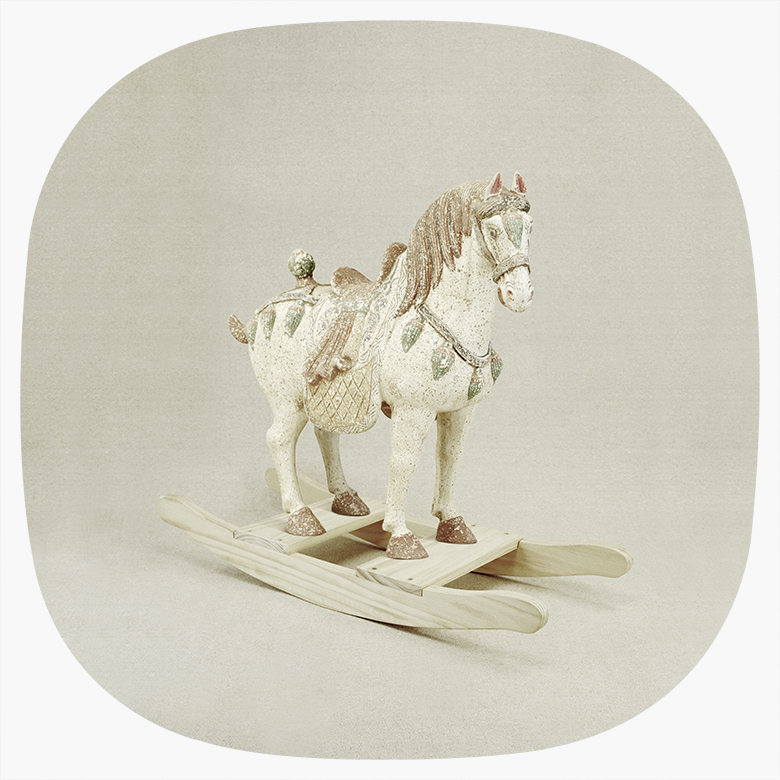
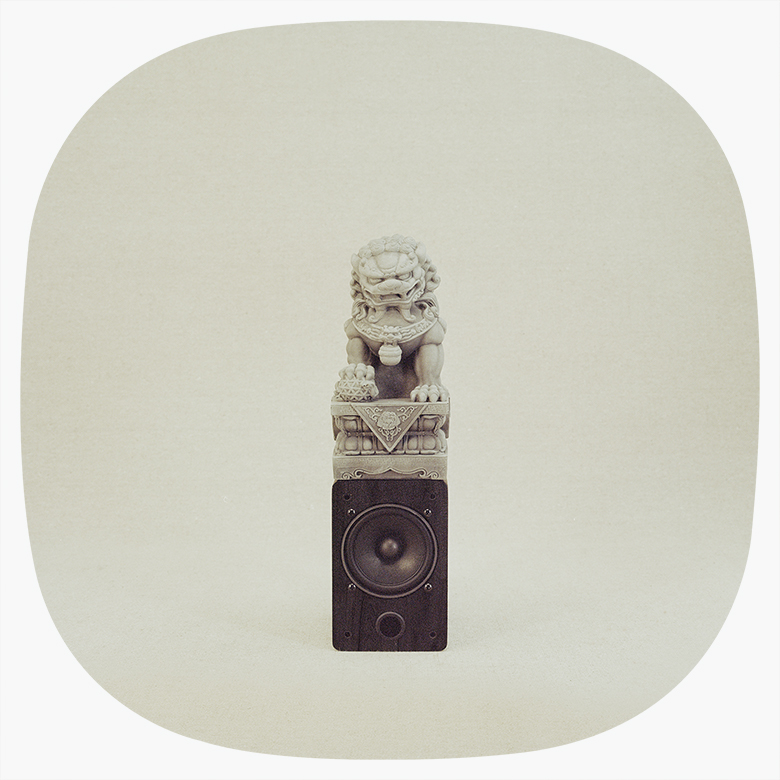
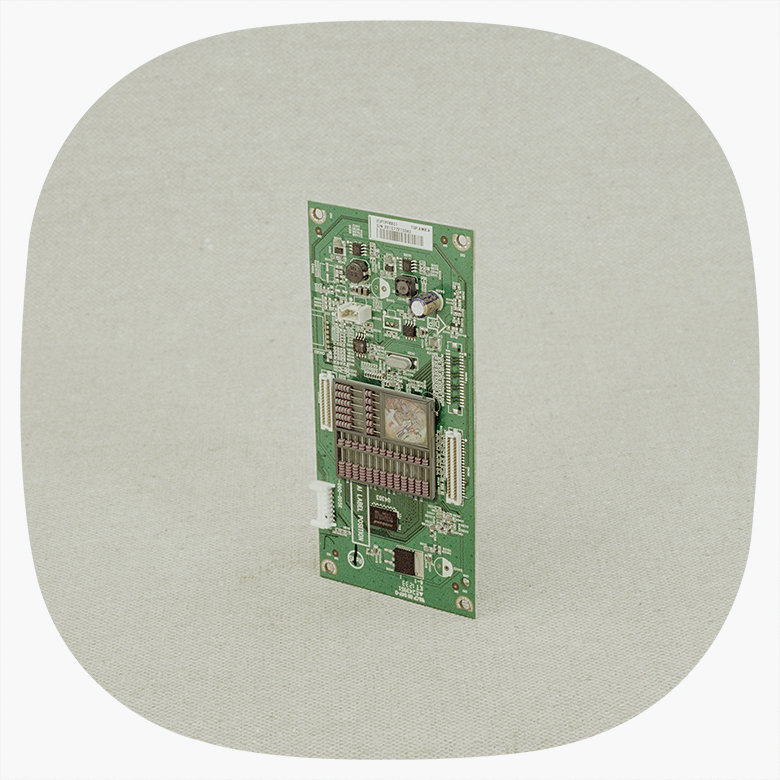

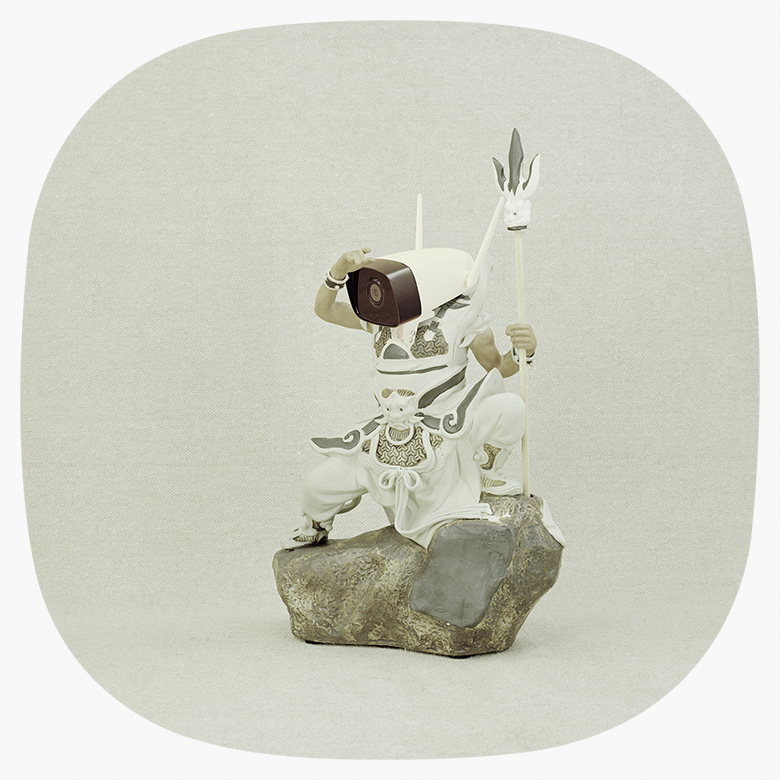

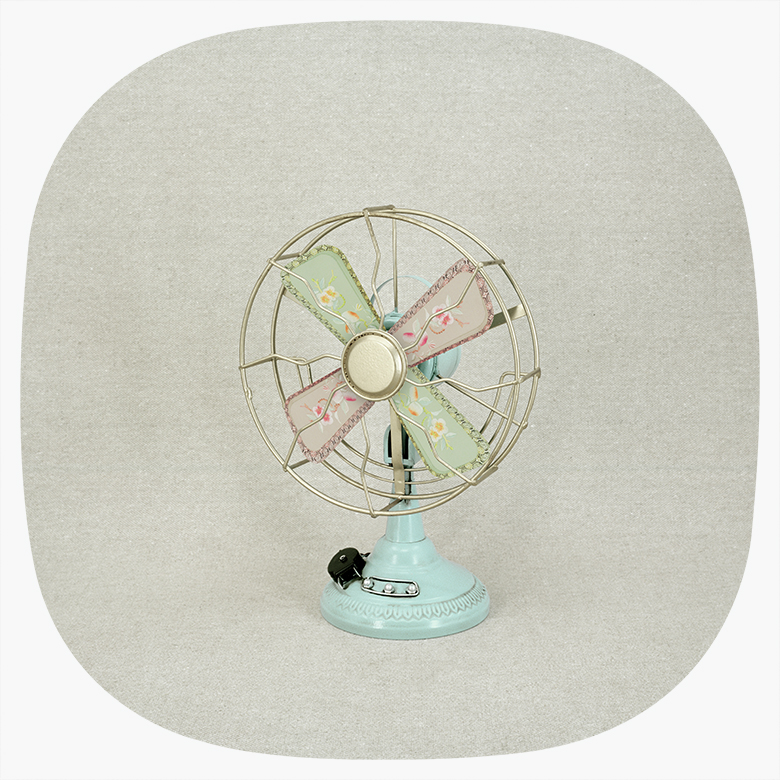

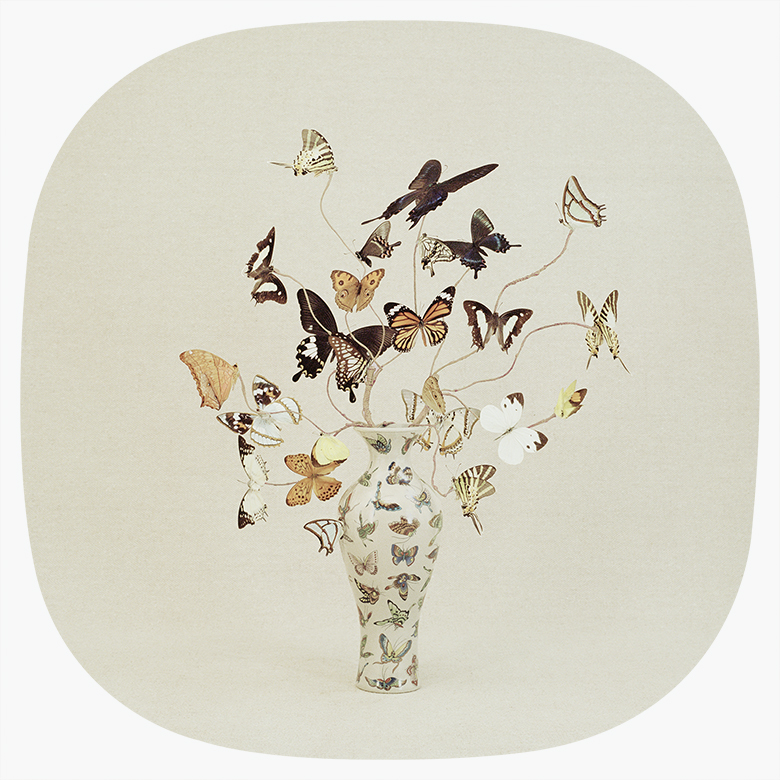
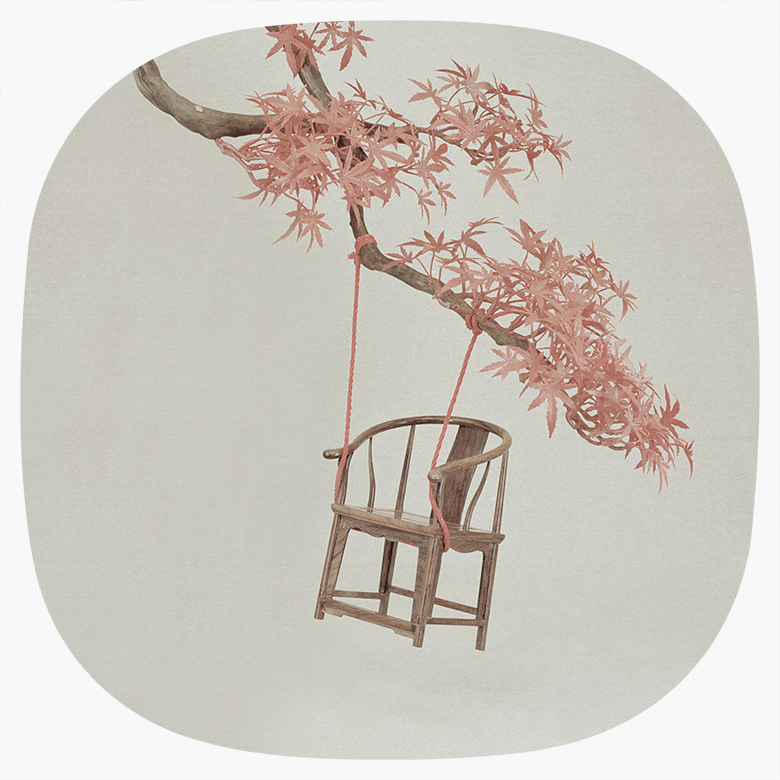
Wandering in Absolute Freedom
仙游岚若图
The terms “wandering mind” and “mind wandering” express a state of spiritual comfort. Zhuangzi’s so-called “wandering mind” is a kind of root grasp of the universe, so as to achieve a state of harmony, tranquility, infinity and nature. “Travel” is the embodiment of Zhuangzi’s artistic spirit, containing the unique aesthetic qualities of classical Chinese aesthetics, and vividly expressing the deep aesthetic state of mind of Chinese literati. It has had a profound influence on the creation of literati paintings in later generations in terms of aesthetics.
At first glance, this type of painting depicts natural scenery by means of simulated visual objects, and traditional Chinese painting depicts the unique topography and weather of China, which is the Chinese “landscape painting”. From the very beginning, it was subsumed into the structure of the “theory of reproduction” that monopolized the entire European aesthetic theory. In order to oppose this universal “reproduction theory” from the perspective of philosophical aesthetics, and at the same time to refute another common subjective expression, landscape viewing allows the viewer to achieve a “transcendence of the self”.
The landscape is a space for the soul or spirit in the eyes of the Chinese, while Western art forms focus more on the form or entity itself. Even in the transition to modern abstract art, the true value of the image is still figurative. The Chinese focus on imagination and association behind the form in art aesthetics, which is the Chinese emotional pursuit of art and the pursuit of life and travel in the art of Chinese painting.
As a rapid transformation of contemporary image, what we have to do is not to abandon the tradition, but to absorb nutrients from the tradition to recreate, meaning a process of constant birth.
By adding Chinese traditional culture to modern elements and presenting them well, the viewer seems to surrender the distance between the field he is in and the image interface. That is, the viewer seems to cross the distance between himself and the image, conveying a way of looking at the world, so much so that the image interface is taken for granted as the real world, i.e. reality itself.
.
“游心”及“心游”等表达一种精神的安适状态。庄子所谓游心,乃是对宇宙事物做一种根源性的把握,从而达致一种和谐、恬淡、无限及自然的境界。“游”,是庄子的艺术精神体现,蕴含中国古典美学中独特的审美特质,生动道出了中国文人深层美感心态。对后世的文人画创造于审美产生了深远影响。
中国传统画的咫尺千里、物象万千、乍看之下,这种绘画类型是以仿真视觉对象手段描绘自然景色,而且中国传统画描绘中国独有之地形与气象,是中国的“风景画”。它从一开始便被归结到垄断整个欧洲美学理论的“再现论”架构里。为了从哲学美学的视角来反对此普世的“再现论”,也同时反驳另一种常见的主观表现说,观山水令观者达成一种“即自的超越”。
风景在中国人眼中是灵魂或精神的空间,而西方艺术形式更注重形式或实体本身。即使过渡到现代抽象艺术,图像的真正价值也是具象的。中国人在艺术审美中注重形式背后的想象和联想,这是中国人对艺术的情感追求,也是中国绘画艺术中对生活和旅行的追求。
做为当代影像的快速转换,要做的不是抛弃传统,而是从传统中吸收营养重新去创作,意味着是一个不断生发的过程,将中国传统文化加入到现代元素中并很好的呈现出来,使观看者似乎舍弃自己身处之场和影像界面之间的距离。也就是观者仿佛跨越自己与影像本来固有的间距,传达了一种看待世界的方式,以至于将该影像接口理所当然地视为真实世界,即现实本身。
这种影像接口已经取代了传统绘画对世界、现实介绍并诠释的功能,传统绘画所形成的那种“世界图像”和“世界观”已经由主要是数字化影像所组成的用户接口替代了。超越“形”的借鉴,做到“意”的延伸,对现实之外精神自由的憧憬与追求。
